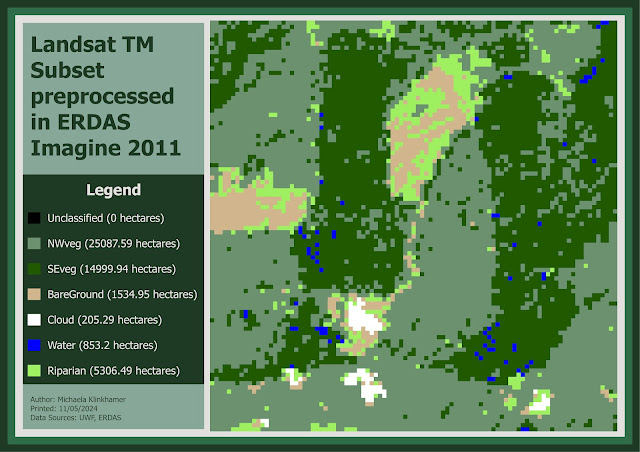GIS 5007L - Computer Cartography - M4: Data Classification
Mapping the Ages: Understanding Miami Dade's Senior Demographics
Introduction & Overview
In this week's lab assignment, we dove into the demographics of Miami-Dade County, focusing on the senior citizen population. The objective of the assignment is to apply and analyze four different data classification methods using ArcGIS Pro to visualize and understand the distribution of the population over 65 in Miami Dade County based on the Census data.
Classification Methods Explored
The exploration involved four distinct classification methods:
- Equal Interval: Dividing data into equal ranges highlighted uniform data distribution, but it potentially masked the subtleties of clustered populations.
- Quantile: By distributing an equal number of tracts into each class, this method showcased how tracts compared to each other but at the cost of concealing the true range of values.
- Standard Deviation: Focusing on deviations from the mean, this method emphasized areas with unusual concentrations of senior citizens, yet it could overlook the actual number of individuals affected.
- Natural Breaks (Jenks): This method was particularly insightful as it identified natural groupings in the data, providing a more intuitive understanding of demographic clusters.
Percentage vs. Normalized by Area Maps
Map using Age Data Classified by Percentage: This map would represent the proportion of the population over 65 in each census tract as a percentage of the total population in that tract. It provides a relative measure, showing areas with a higher or lower concentration of seniors relative to their local populations.
Map using Age Data Normalized by Area: This map would depict the count of seniors but adjusted (normalized) by the area of each census tract (square mile), effectively showing the density of the senior population. It reflects the number of seniors per square mile, revealing areas with higher or lower senior population density.





Comments
Post a Comment